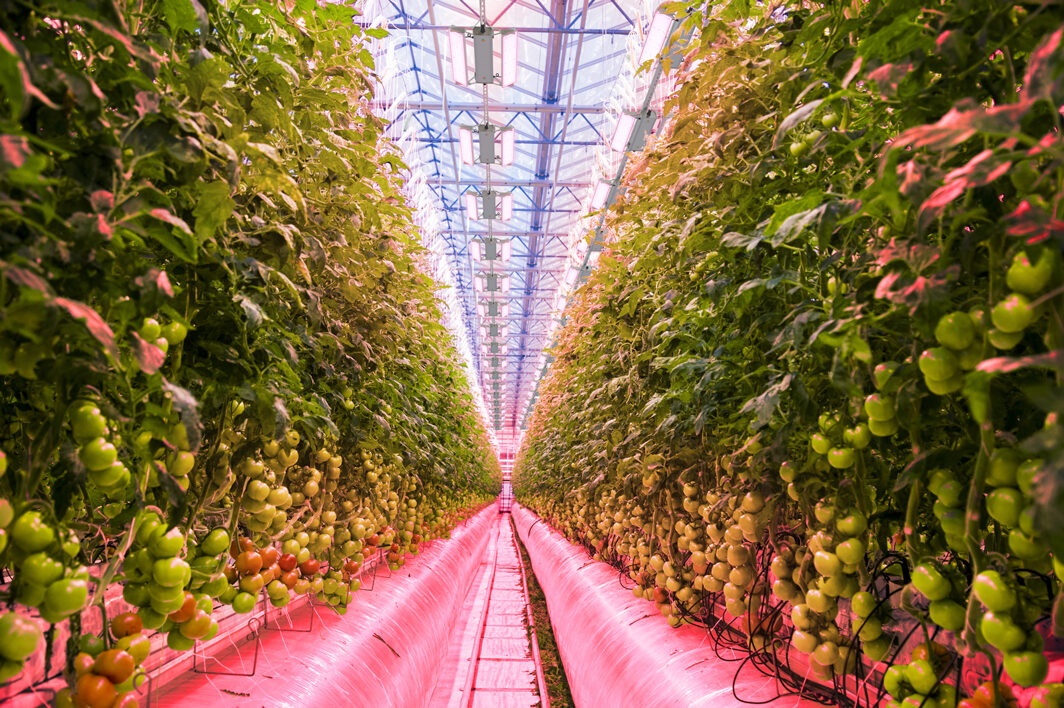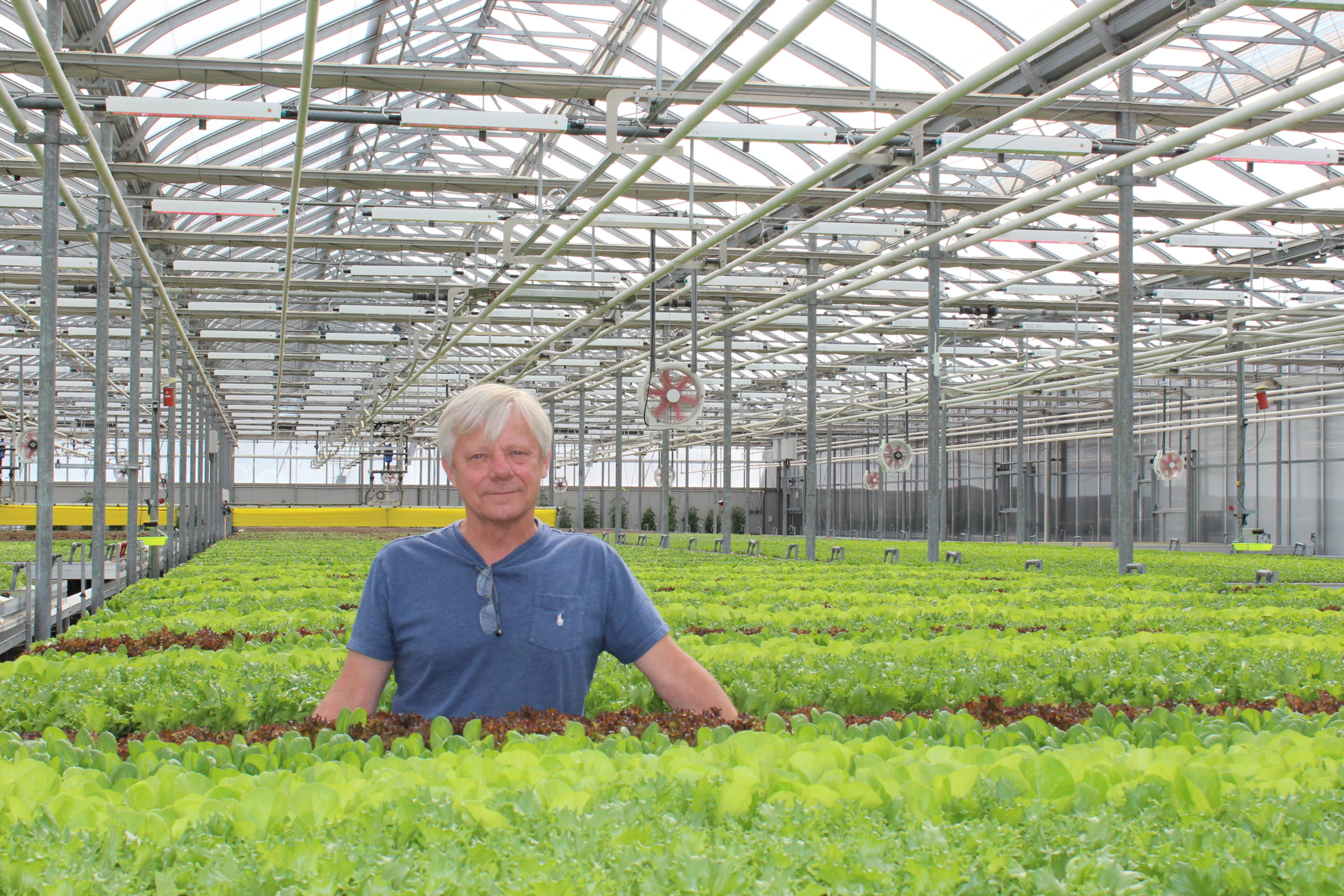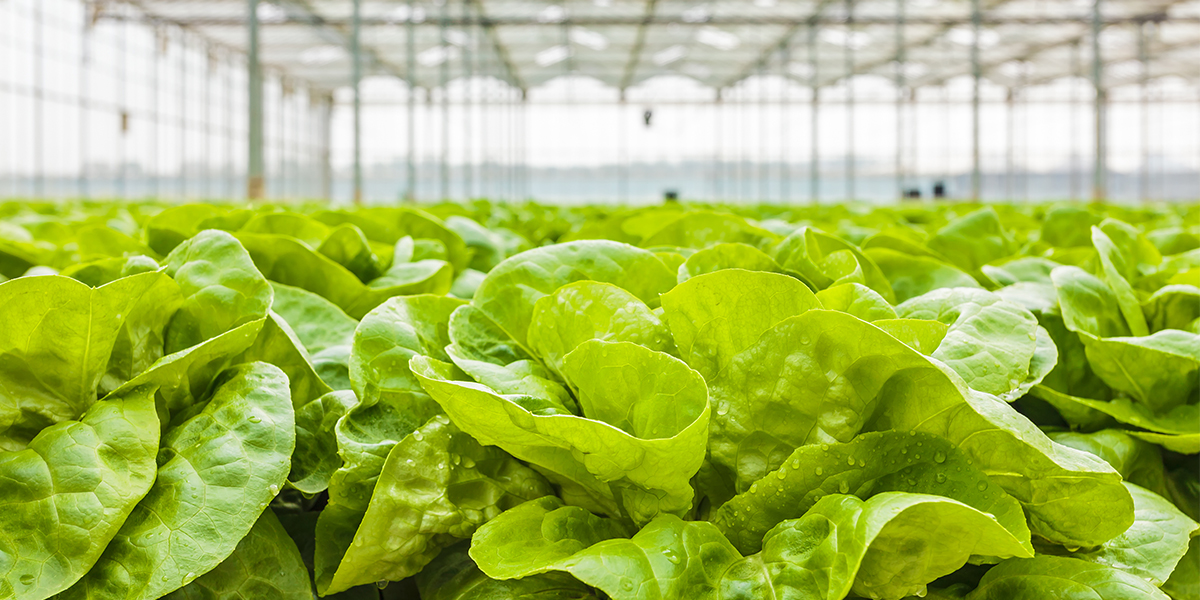 Many CEOs and other horticultural industry members have chimed in over the past few weeks with their take on what they see as the challenges and opportunities that will be facing the horticultural/CEA industry in 2023. In this blog, P.L. Light Systems CEO and President Todd Phillips, who has spent the last 10 years running P.L. Light Systems, shares his thoughts.
Many CEOs and other horticultural industry members have chimed in over the past few weeks with their take on what they see as the challenges and opportunities that will be facing the horticultural/CEA industry in 2023. In this blog, P.L. Light Systems CEO and President Todd Phillips, who has spent the last 10 years running P.L. Light Systems, shares his thoughts.
The Ever-Changing Economy
According to Phillips, the biggest challenge facing horticultural industries (and a great many other industries) in 2023 will be the continued navigation of the fluctuating economic climate. For P.L. Light Systems, and likely many other companies that sell into the CEA industry, the fluctuating economy and fear of recession can mean that customers reduce or even eliminate their spending by cancelling or putting off capital projects until the economy improves. This action obviously results in reduced sales and profitability, at the company level. Companies must maintain profitability to keep their employees paid, to pay for supplies, fixed costs etc., so the downstream effects of reduced sales send ripples throughout that require constant management and smart decisions.
In 2023, Phillips notes, the ongoing general economic conditions are predicted to vary anywhere from “soft landings” to serious recessions like 1969-70. So, although there are varying predictions from a variety of industry economic thinktanks and establishments—including the Bank of Canada, major banks, chief economists, the Federal Reserve, and stock market analysts, one common theme is that it definitely will be a challenging economic timeframe for the majority of 2023.
On a macro level, this means consumers will likely have less resources — i.e. income — available to spend. In real terms, families that are trying to keep the lights on and keep food on their tables will be very selective in how they spend their scarce resources – and that includes food choices. With food prices rising, and products grown by the CEA industry — $29.99 blueberries anyone? — being part of that, the profitability of the horticultural industry will drop.
 Healthy, locally-grown produce at competitive price points drives consumer decision-making, based on how they can most affordably feed their family with quality food. The challenge will be with all forms of CEA – indoor, vertical and greenhouse farms – who supply in this food segment to be able to make profits themselves, while keeping consumer prices low enough to drive demand volumes from consumers which in turn will drive production supply and sustained profitability in the sector. This challenge will remain in place likely all year and will force the CEA industry to come up with ways to increase profitability.
Healthy, locally-grown produce at competitive price points drives consumer decision-making, based on how they can most affordably feed their family with quality food. The challenge will be with all forms of CEA – indoor, vertical and greenhouse farms – who supply in this food segment to be able to make profits themselves, while keeping consumer prices low enough to drive demand volumes from consumers which in turn will drive production supply and sustained profitability in the sector. This challenge will remain in place likely all year and will force the CEA industry to come up with ways to increase profitability.
Some of the solutions being batted around by the CEA sector to save money are reducing energy costs by implementing more energy efficient lighting and HVAC systems, implementing climate control systems, using curtain systems more effectively and reducing water consumption. Many of these upgrades are supported by various government rebate programs, so the growers can recoup some costs.
Somehow Vertical Farms are being equated to CEA, not as a subset niche of CEA. CEA includes greenhouses, which have been profitable for many years now, but this new wave of vertical farming “experts” is coining the phrase “CEA” to be synonymous with vertical farming, which obviously isn’t the case. It’s important to note that CEA includes all forms of indoor growing that provide the ability to control the environment from the elements of Mother Nature, which includes hoop houses, greenhouses, container farming, rooftop farming, and indoor vertical farming, and that CEA existed in greenhouse growing for the past 25 years plus, long before indoor vertical farming without sunlight was even a concept.
Below, Phillips shares what he feels are the biggest challenges facing the CEA industry and some thoughts on solutions.
Labor Shortages
 Labor shortages are plaguing businesses across North America, and in the CEA industry that is no different. Phillips recalls hearing stories of crops rotting in greenhouses due to the lack of labor to harvest them, while local families experience both food shortages and extremely high prices on those same produce items in local supermarkets.
Labor shortages are plaguing businesses across North America, and in the CEA industry that is no different. Phillips recalls hearing stories of crops rotting in greenhouses due to the lack of labor to harvest them, while local families experience both food shortages and extremely high prices on those same produce items in local supermarkets.
Attracting labor to the CEA sector to harvest crops should be a joint industry/government effort, as the government should play a role in providing food-chain security so its citizens can eat, so private industry can grow and deliver the needed produce to local merchants and supermarkets. If current all-time low unemployment rates are accurate, this means we don’t have enough people to fill available jobs, or that these jobs aren’t attractive to potential employees. It’s likely a bit of both, notes Phillips, with most CEA harvesting jobs being minimum wage (and in a challenging environment), and people choosing other sectors or waiting for better jobs to open up, while receiving government support.
To make CEA jobs more attractive could mean offering a better wage. In a perfect world, both the federal and provincial governments would subsidize wages to employers who hire and offer $25-$40/hr by better using unemployment funds and redirecting it to employers to be able to offer better wages. For example, the employer offers $17/hr, the government adds $17/hr, and now the employee is earning a good wage and is engaged in meaningful work needed in our economy. As an added bonus, the government is protecting and ensuring the security of the food chain, and CEA growers now have labor to harvest crops. Creative thinking like this between industry and governments will need to happen to change the current paradigm.
Opportunities

With the above-mentioned challenges understood, there is still an enormous opportunity to bring efficiencies and high quality, affordable, healthy food to local populations across North America through CEA growing. Being able to help to bring healthy, fresh affordable local food to consumers, all the while supporting the growth of the economy, keeping farms and their suppliers operating profitably, and providing career opportunities should be a focus of federal and provincial governments working hand-in-hand with private industry in the horticulture sector.
With more traditional CEA (single tier) farms, growers can enable efficiencies that may not be able to be controlled as well, or as economically as large scale vertical farms – who suffer from high energy and technology prices, which can make products unaffordable – and outdoor farms, which suffer the ravages of the weather, pests and often challenges of getting product to markets.
With CEA, there are a number of factors that we know can be controlled, such as:
- We can lessen the effects of today’s unpredictable weather patterns (thinking of the current flooding in berry growing regions, or unexpected early frosts)
- We can predictably generate appropriate supply/demand by geography, and consumer tastes (Witness the current strawberry greenhouses in Southwestern Ontario)
- Provide high quality pesticide free (or pesticide reduced) produce (Increased biologicals, AI and robotics)
- Reduce carbon footprint through reduction in mass transportation of goods across vast distances (The building of CEA facilities closer to major cities reducing food “deserts”)
- The reduction of spoilage on current long-haul transport to net zero by using local CEA suppliers with JIT (just-in-time) manufacturing/supply chain style thinking
- Employ unchallenged workers (under a program like the above-mentioned) locally in jobs that matter, which will drive up the available resources to spend in the economy
Wrap-Up
All the above issues can be – in part – solved by the CEA industry, which can help us move toward even loftier goals such as impacting climate change, creating healthier societies, and healing the economy. It is never wrong to dream of the possible, and many companies in the horticultural world — while staying afloat in their own businesses and supporting their employees — also often have their eyes focused on the Big Picture, and what really could be achieved in CEA, when we all keep thinking and improving.
Humanities vision was honed during COVID, when some of the basic, key items many of us had taken for granted were affected: clean air, clean drinking water, medications, and even food security. Securing the food supply locally should be front and center on everyone’s minds across North America, and the CEA sector can be a significant part of the solution.



